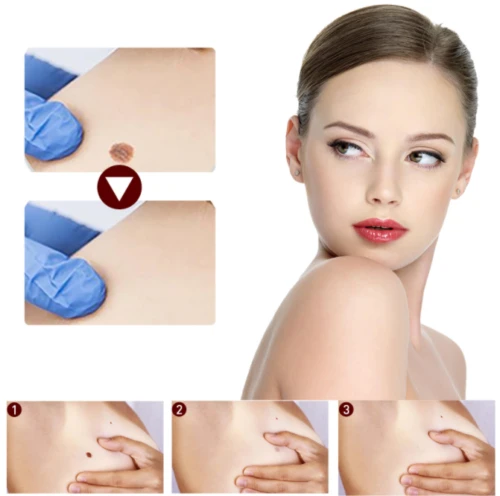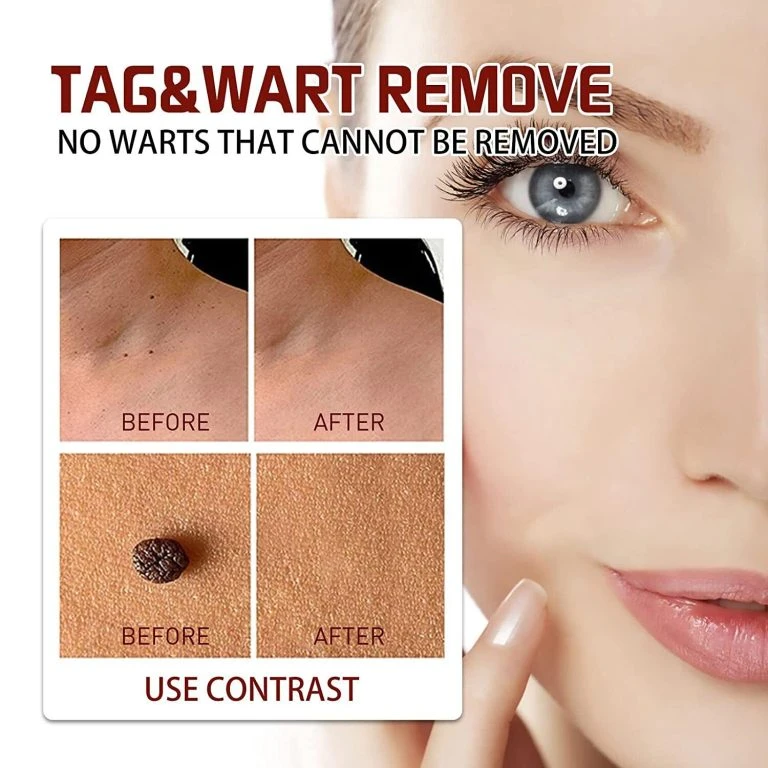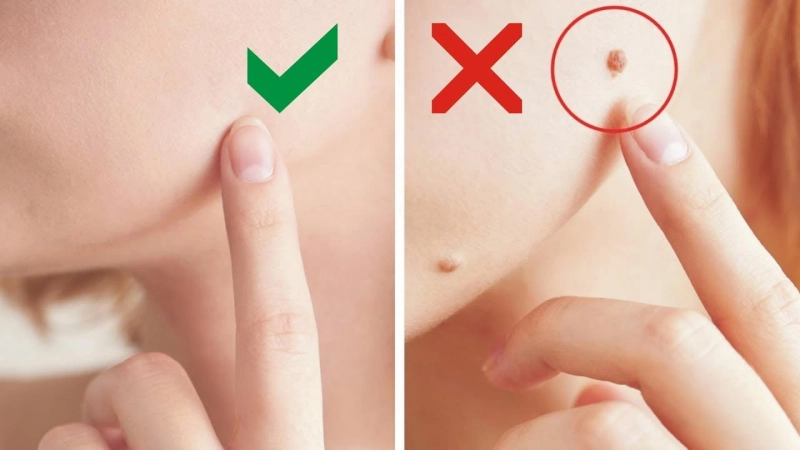Removing moles is becoming increasingly popular among people who want to treat health issues or enhance the appearance of their skin. Cryotherapy, or freezing off moles, is one of the most popular and straightforward techniques. With this treatment, moles can be removed non-surgically by applying intense cold.
The procedure is short, usually painless, and performed in the dermatologist\'s office, making it a practical choice for many people. To ensure you know about this dermatological surgery, we will delve deeper into this guide and discuss the method, aftercare, and benefits.
What Are Moles?
Moles are small, colored spots on the skin made by melanocytes, the cells that give skin its color. They come in many colors, shapes, and sizes and can appear anywhere on the body. Most moles are safe and don\'t need to be treated, but some may need to be taken off for cosmetic reasons or because they could turn into melanoma, which is a very dangerous type of skin cancer. Knowing what moles are before considering how to get rid of them is important because it helps you choose the best treatment method.

Why Consider Freezing Off Moles?
People like cryotherapy for some reason. It\'s a quick process that usually doesn\'t hurt much and leaves little to no scars. It takes less than a minute per mole. Another benefit is that it doesn\'t require stitches, so recovery time is generally shorter than surgical methods. Because of these benefits, cryotherapy is a good choice for people who want an easy and effective way to eliminate moles.
How Does Mole Freezing Work?
Can you freeze off mole in Philadelphia? That is easy to understand. When a dermatologist puts liquid nitrogen on a mole, it quickly cools down the tissue. Because of the rapid cold, ice crystals form inside the cells, which kills them. This mole will scab over and fall off over the next few days to weeks, leaving behind better skin. This part will go into detail about the scientific principles behind cryotherapy, making it easy to understand how it gets rid of moles.
Preparing for Your Cryotherapy Session
Getting ready is very important for a good cryotherapy session. First, you need to see a dermatologist to determine if cryotherapy is best for your skin condition. Talking about your medical background, any medicines you\'re taking, and your hopes for the procedure helps ensure it\'s safe and fits your needs. During the preparation phase, avoiding certain medications and preparing the face as the dermatologist tells you to be important.
The Cryotherapy Procedure: Step by Step
If you know what to expect, you can feel a lot less anxious. The dermatologist cleans the area around the mole to start the process. Then, they use a spray gun or a cotton-tipped tool to put liquid nitrogen on the area. The treatment is short, taking only a few seconds on average, and you might feel slightly stinging. The dermatologist will tell you how to care for the area to ensure it heals properly after the treatment.
Aftercare and Recovery
Aftercare is very important for healing. The treated area can be sore, red, or blistered days after the procedure, but these side effects are generally mild and only last a short time. It\'s important to keep the area clean and use an antibiotic ointment if your doctor tells you to. There may also be a need for a cover to protect the area. To avoid getting marks, staying out of direct sunlight and not picking at the scab is important.

Risks and Complications of Freezing off Moles
Cryotherapy is thought to be safe, but there are some risks and problems that could happen. These can include getting an infection, changing the color of the treated area, or even nerve damage in rare cases, especially when moles are taken from sensitive areas. Talking to a dermatologist about these risks ahead of time can help you set realistic goals and get ready for the rare event that problems arise.
When to See a Doctor
After the surgery, keeping an eye on the healing process is very important. You need to call your doctor immediately if you see any signs of an infection, like more redness, warmth, swelling, or pus. Also, if the mole comes back, you should get it checked out again because that could mean there is a bigger problem.
Alternatives to Freezing off Moles
Cryotherapy works, but it\'s not the only way to eliminate moles. People who might not be good candidates for cryotherapy can still get help through surgery, laser treatment, and even some natural remedies. There are pros and cons to each method. Some, like surgical removal, are more invasive, but they may be needed for deeper or sketchy moles.
Conclusion
Another popular and successful way to get rid of moles is to freeze them off with cryotherapy. It\'s a handy choice with a low risk of problems because it has little downtime. However, knowing what to expect and being well-informed before any medical treatment is important. You can protect the health and beauty of your skin and find out if cryotherapy is right for you by talking to a doctor.


